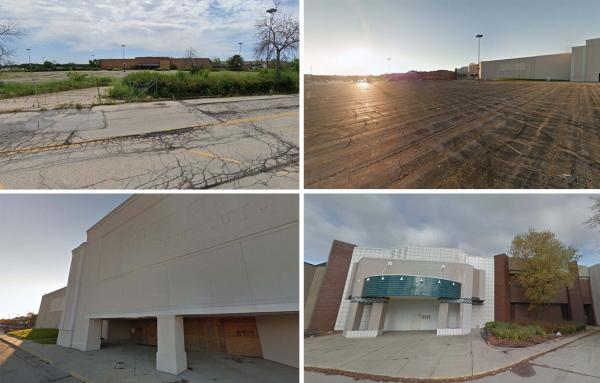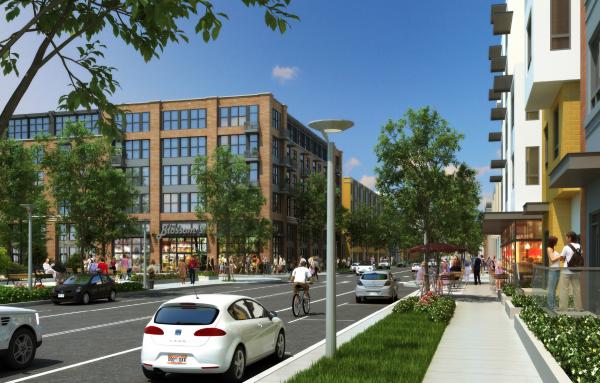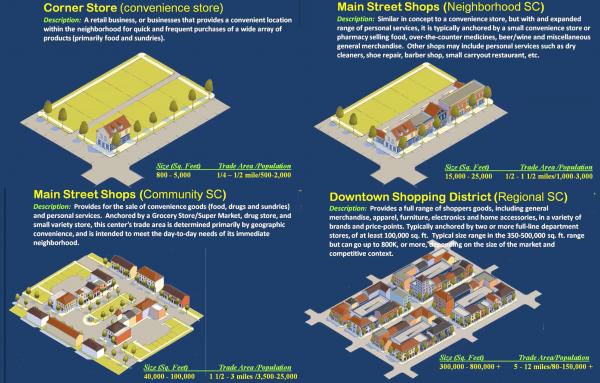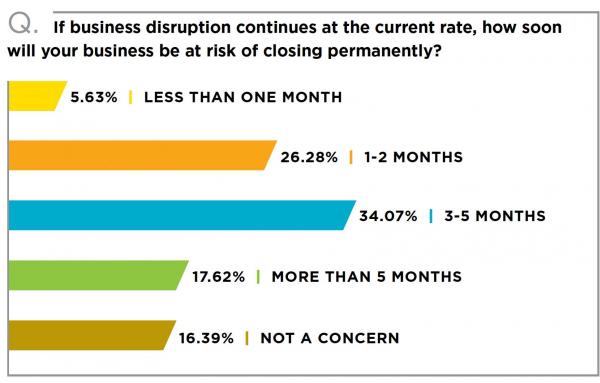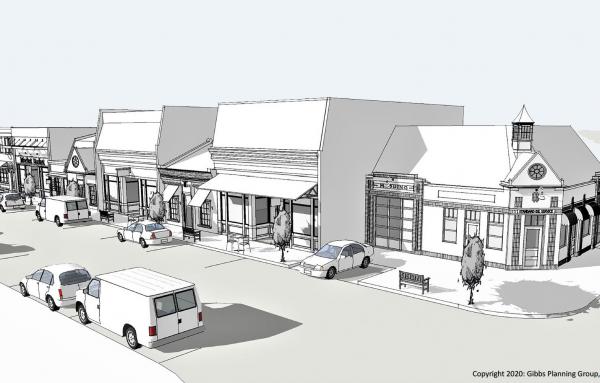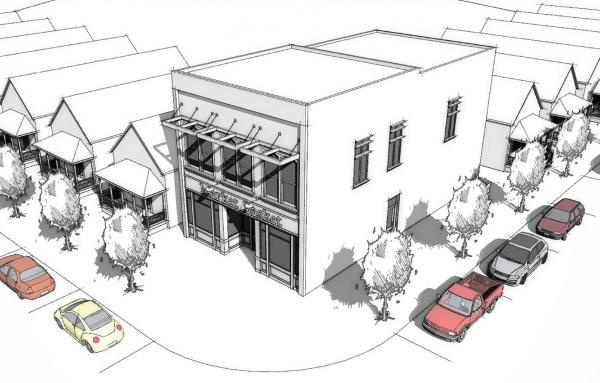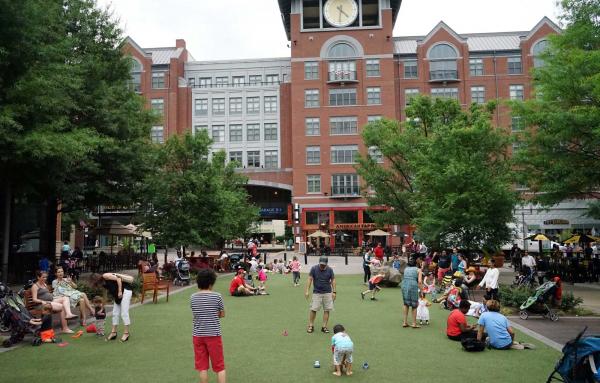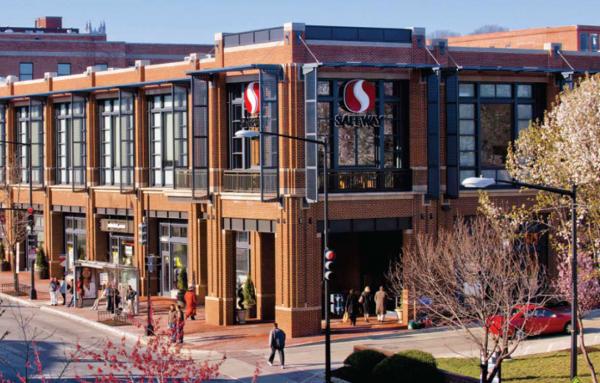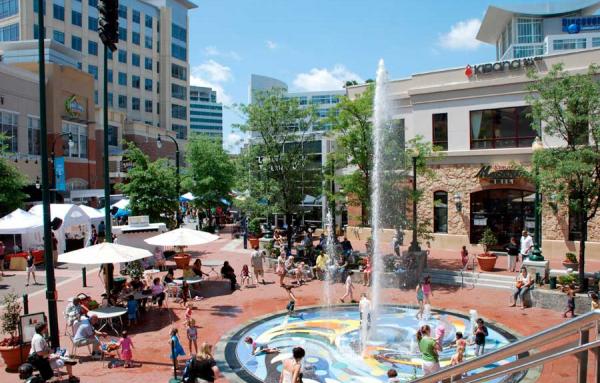Retail or Mixed-Use
A failed mall is bringing down a neighborhood in Milwaukee, highlighting the advantages of more sustainable retail.
Many malls are going out of business, and a recent report shows that how these sites are redeveloped impacts city finances. Municipalities can influence mall reuse to promote mixed-use redevelopment that provides long-term benefits.
Walkable urban place types are critical to life in traditional cities and they will thrive in the long run.
Main Street areas stand to do well as a result of entrepreneurial activity and market forces in the aftermath of the coronavirus.
A shocking number of American small businesses, employing tens of millions of people, are at imminent risk of permanent closure if the crisis continues much longer, according to a survey of Main Street America.
The village center is a walkable urban retail type comprising a small group of shops that allow nearby residents to make quick purchases—often on the way home.
Corner stores are the smallest and most useful type of retail—here's how to make them succeed.
An engaging storefront starts with a vision, then good storytelling, and design that engages the community.
Retail success is tricky in new urban places—so pay attention to fundamental principles because buying and selling are essential activities in a walkable urban center.
For many years, retailers resisted the architecture of street-facing storefronts, but necessity is the mother of flexibility.
Here are ideas to help main streets and their businesses take back market share as the shopping center industry transforms.
While hundreds of malls are declining, they are also being reused for all kinds of purposes—including walkable urban places in communities lacking in this kind of environment.
